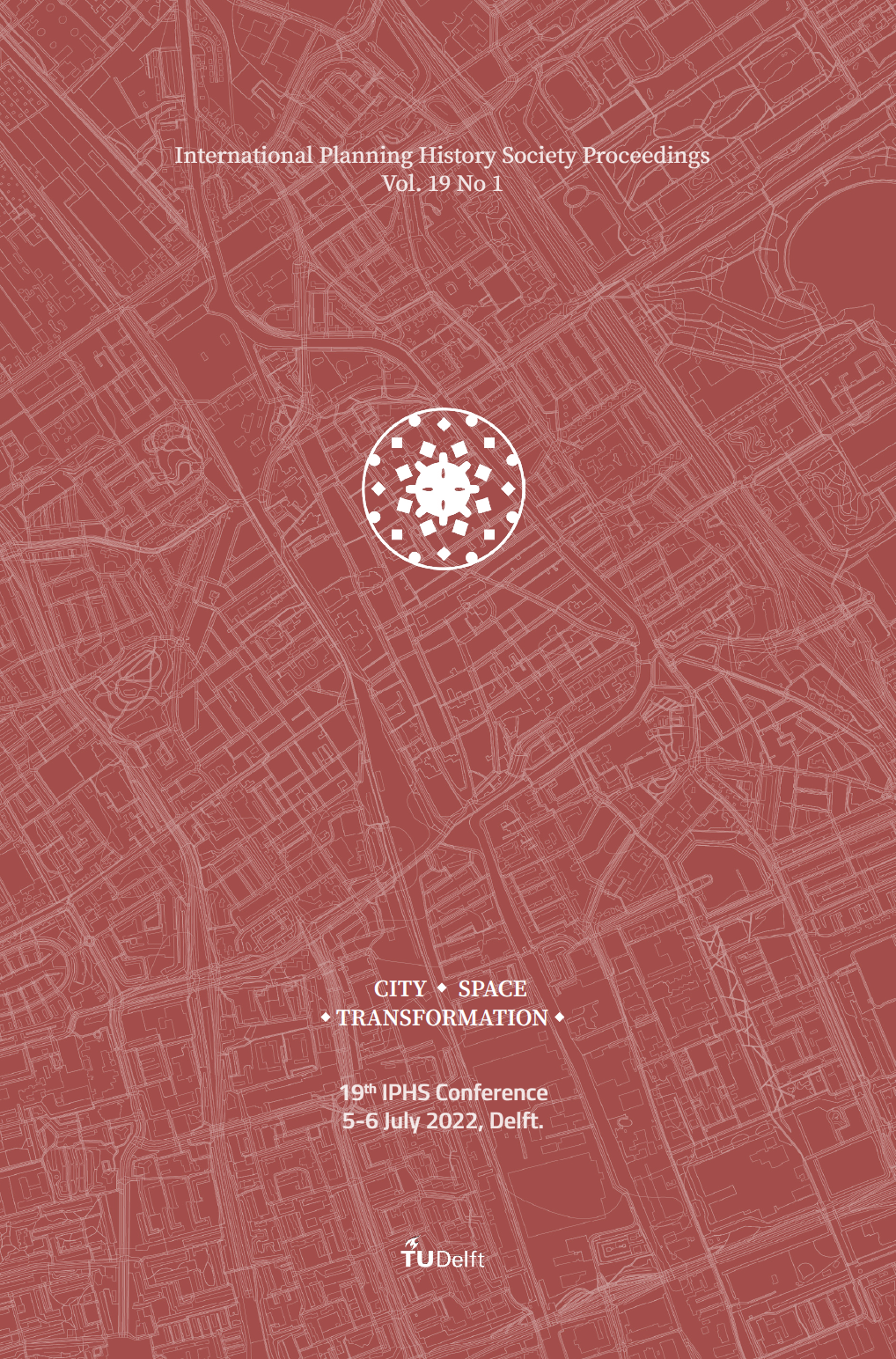Factors influencing post-earthquake reconstruction spatial transformations
An examination of the reconstruction of the historical centre in Venzone, Friuli region, Italy (1976–2006)
DOI:
https://doi.org/10.7480/iphs.2022.1.6752Abstract
Among all Italy’s city reconstructions after earthquake disasters, only the 1976 Friuli earthquake reconstruction was completed among publicly funded projects. Numerous studies have been conducted on the lessons learned from policymaker and city planner perspectives, with some examining the mid-term reconstruction evaluations by using the Haas recovery and reconstruction model. However, few long-term evaluations have been conducted on the spatial transformation of historical centres. This study examined the spatial transformation of the historical centre in Venzone, which was one of the most earthquake affected settlements in the Friuli region. The evaluation of the reconstruction process revealed the influencing factors for the spatial post-earthquake reconstruction transformation process in Venzone’s historical centre. To guide project implementation, the first influential factor was to define the primary streets and squares, to which reconstruction priority was given. The second factor was to have only one primary technician in charge of all design projects in one town block. The third factor was the appointment of an architect to prepare the reconstruction plan and act as the overall project coordinator. Those influential factors should be referenced in long-term planning in the earthquake reconstruction of Italian historical town centre.
Downloads
Published
How to Cite
Issue
Section
License
Copyright (c) 2022 Tomoyuki Mashiko

This work is licensed under a Creative Commons Attribution 4.0 International License.

